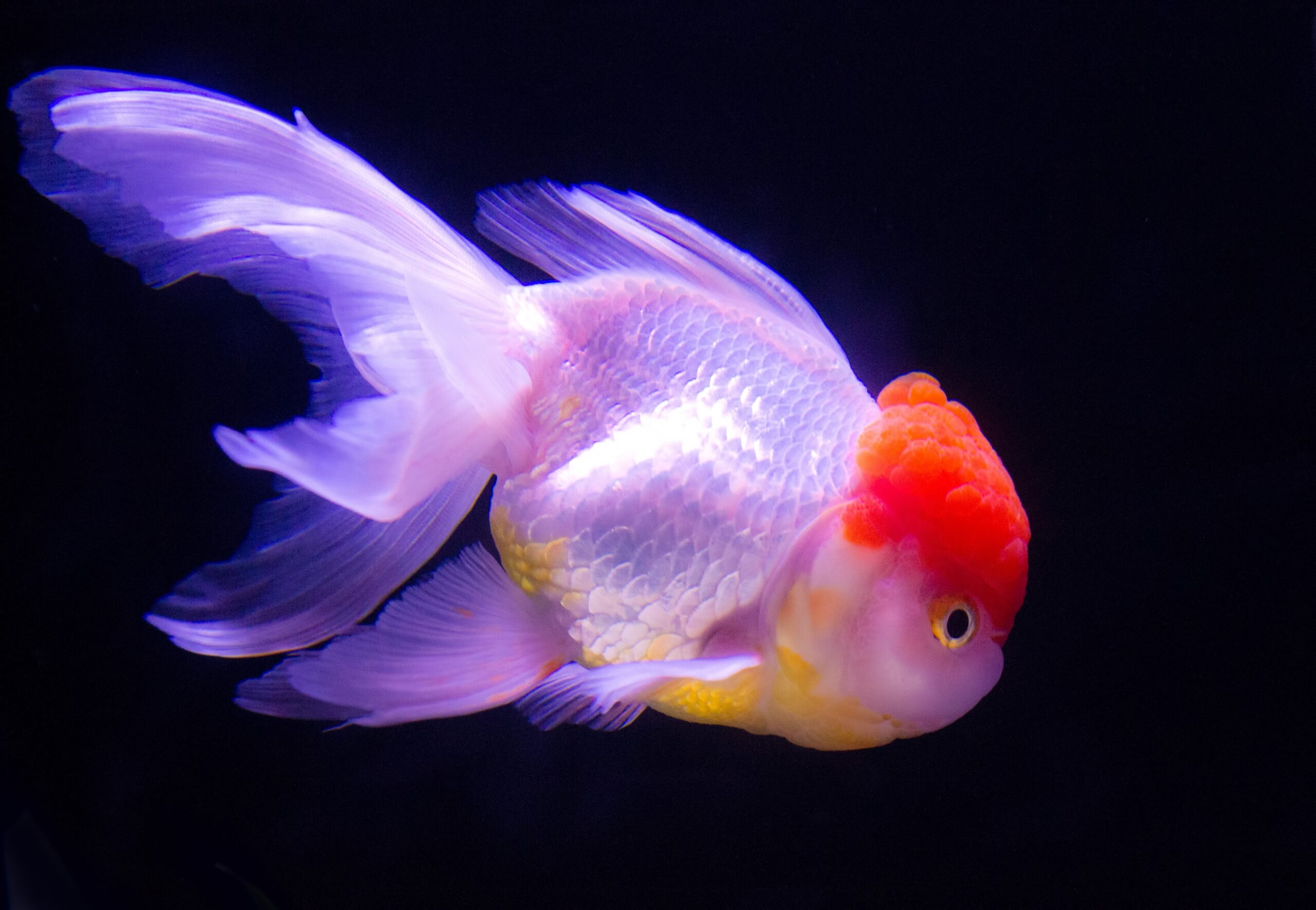目次
8月号【総合】ニュースレター

USPTO、優先審査(Track One)申請の年間受理件数の引き上げを公表
USPTOは、7月8日、優先審査(Track One)申請の年間受理件数を引き上げる旨を公表した。これまで特許出願に係る優先審査申請の受理は15,000件/年に制限されていたところ、2025年度からはそれが20,000件/年まで引き上げられることとなる。
USPTOでは特許審査官数の減少もあり審査期間の長期化が課題となっており、2025年5月時点で特許出願の一次審査通知期間(FA 期間)は、平均で23.4カ月となっていた。
優先審査制度の活用により、出願人は早期の権利化を図ることが可能となる。
USPTOによると、2025年度、出願人は優先審査申請の受理から平均1.3カ月で一次審査結果を、平均4.5カ月で最終審査結果を得ることができている。
USPTOでは、7月10日から特許出願の早期審査申請の一部受付停止が予定されており、本優先審査制度はその代替として機能することが想定されている。
2025年度における優先審査の申請件数は2024年10月から2025年5月までに10,921件を数えていた。
なお、本上限の引き上げは、新たな通知により更新されない限り、2025年度以降についても同様に適用される。USPTOではこれまで凍結されていた審査官の新規採用が6月から再開されていることもあり、今後の審査処理動向が注目される。
EPOのAnnual Review 2024
欧州特許庁(EPO)は、2024年の年次レビューを公開し、過去12か月間に達成された主要な節目を紹介する動画も併せて発表した。戦略計画2028(SP2028)の実施において順調に進展しており、この計画は、「人材」、「技術」、「高品質でタイムリーな製品とサービス」、「パートナーシップ」、および、「財政の持続可能性」の5つの推進要素に基づいて構成されている。
特許付与プロセス(PGP)における過去最高の生産性は、オフィスの財政の持続可能性に良い影響を与えつつ、品質も引き続き高い水準を維持した。
今年のレビューについてコメントしたEPOのアントニオ・カンピーノス長官は次のように述べている。
「ヨーロッパ特許への需要は引き続き高水準であり、私たちはヨーロッパの競争力のある技術市場で成功を目指す発明者を支援するため、ヨーロッパ特許システムのアクセス性、品質、効率を絶えず向上させている。私たちは、デジタルツールへのAIのさらなる統合や、プロセスの簡素化を進め、ヨーロッパおよび世界中のユーザーと緊密に連携しながら、製品とサービスを次のレベルに引き上げていく。」
国際標準化フォーラムの開催
EXPO2025大阪・関西万博 国際標準化フォーラムが7月16日に開催される。テーマは「いのち輝く未来社会のデザイン ~安全・健康・ウェルビーイングと標準化~」とされ、大阪・関西万博会場のEXPOサロン(リングサイドマーケットプレイス西2階)で開催される。(共催:一般財団法人日本規格協会、後援:経済産業省)
国際標準化フォーラムは、労働安全衛生(OSH)分野での先進技術の開発‧応用に対応していくための画期的なイベント。ロボット工学、人口知能(AI)、その他の変革的技術が急速に進化する中、これらのイノベーションを責任持って活用することが必要であり、このフォーラムでは、国際標準化がこれらの技術をOSH管理システムに効果的に統合し、ビジョンゼロなどの世界的な取り組みと連携できるようにする方法を検討する。
AIとロボット工学が不可欠な時代において、これらの技術が職場の安全と健康を向上させるためには、強固な国際ルールを策定することが重要である。現時点では、新しい技術がグローバルなOSH基準とその実装をどのように形作ることができるかを議論するためのプラットフォームは限られる中で、「安全、健康、ウェルビーイング」の実現するための議論を先導する。
国際標準化や機械‧機能安全の分野で先導的な役割を果たしてきたドイツのIFAやDGUVなどの組織と、革新的な安全コンセプトである協調安全の今後の方向性などについて、すでに議論が始まっている。世界中のさまざまな分野の専門家を集めたこのフォーラムでは、将来に必要な国際標準化について議論を深めることを目指す。
日本では、高齢化と出生率の低下という人口動態上の課題により、労働安全衛生管理フレームワークの再構築が急務となっており、この特殊な環境では、変化する労働力の状況に対応する革新的なアプローチが求められる。このフォーラムはこれらのテーマを深く議論するための重要なプラットフォームとなる。
特許行政年次報告書2025年版
特許庁は、7月7日に特許行政年次報告書2025年版を取りまとめたと発表した。 特許行政年次報告書2025年版によると、日本国特許庁への特許出願件数は、2020年以降横ばい傾向であったが、2024年は前年比2.2%増の306,855件であった。また、日本国特許庁を受理官庁とした特許協力条約に基づく国際出願(PCT国際出願)の件数は、2024年は46,751件となり、依然として高い水準を維持している。審査請求件数は横ばいで推移しており、2024年は228,456件であった。 出願年別で見ると、特許登録件数は18万件前後で推移。また、特許出願件数に対する特許登録件数の割合(特許登録率)は増加傾向にある。これらの傾向から、出願人による特許出願の厳選が進んでいることや、企業等における知的財産戦略において量から質への転換が着実に進んでいることが窺える 日本から海外への特許出願件数は、2014年以降ほぼ横ばいで推移していたが、2020年以降は減少傾向にある。外国人による日本での特許登録件数は、米国、欧州、中国、韓国の各地域で2020年以降増加傾向にあり、米国が34.6%、欧州が30.2%、中国が16.2%、韓国が11.7%となっている。
Newsletter translated into English

USPTO Announces Increase in Annual Limit for Track One Prioritized Examination Requests
On July 8, the United States Patent and Trademark Office (USPTO) announced an increase in the annual acceptance limit for Track One Prioritized Examination requests. Previously capped at 15,000 requests per year, this limit will be raised to 20,000 requests per year starting in fiscal year 2025.
The USPTO has been facing challenges due to a decline in the number of patent examiners, which has contributed to prolonged examination periods. As of May 2025, the average time to receive a first office action (FA period) for patent applications was 23.4 months.
The use of the Prioritized Examination system allows applicants to expedite the patenting process. According to the USPTO, in fiscal year 2025, applicants utilizing the Track One system received first office actions within an average of 1.3 months from the acceptance of their request and final decisions within an average of 4.5 months.
The USPTO is planning a partial suspension of accelerated examination requests for patent applications starting July 10, and the Track One Prioritized Examination system is expected to function as an alternative to the suspended options. From October 2024 to May 2025, a total of 10,921 Track One requests were submitted.
This increased limit will remain in effect beyond fiscal year 2025 until further notice. It is also worth noting that the USPTO resumed hiring new examiners in June after a freeze on recruitment, and the impact of this development on examination processing trends will be closely watched.
EPO Annual Review 2024
The European Patent Office (EPO) published its Annual Review 2024, accompanied by a video presentation highlighting key milestones achieved over the past 12 months. Significant progress has been made in the implementation of the Strategic Plan 2028 (SP2028), which is structured around five core drivers: “People”, “Technologies”, “High-Quality, Timely Products and Services”, “Partnerships”, and “Financial Sustainability”. The patent granting process (PGP) achieved record-high productivity this year, positively impacting the financial sustainability of the office while maintaining consistently high levels of quality.
Commenting on this year’s review, EPO President António Campinos stated:
“Demand for European patents remains high, as we continuously improve the accessibility, quality and efficiency of the European patent system, supporting inventors everywhere who want to thrive in Europe’s competitive technology market. We are taking our products and services to the next level, including by further integrating AI into our digital tools and simplifying our processes in close collaboration with users throughout Europe and around the world.”
International Standardization Forum to be Held
The EXPO 2025 Osaka, Kansai International Standardization Forum will take place on July 16. The theme of the forum is “Designing Future Society for Our Lives: Safety, Health, Well-being, and Standardization,” and it will be held at the EXPO Salon (Ringside Marketplace, West 2nd Floor) on the Osaka, Kansai Expo grounds. The event is co-hosted by the Japanese Standards Association and supported by the Ministry of Economy, Trade, and Industry.
The International Standardization Forum serves as a groundbreaking event aimed at addressing the development and application of advanced technologies in the field of occupational safety and health (OSH). With rapid advancements in robotics, artificial intelligence (AI), and other transformative technologies, it is crucial to harness these innovations responsibly. This forum will explore how international standardization can effectively integrate these technologies into OSH management systems and align them with global initiatives such as Vision Zero.
In an era where AI and robotics are indispensable, establishing robust international rules to leverage these technologies for improving workplace safety and health is critical. Currently, there are limited platforms for discussing how these emerging technologies can shape global OSH standards and their implementation. The forum will lead discussions on achieving “safety, health, and well-being” through innovative approaches and international collaboration.
Discussions have already begun on the future direction of cooperative safety concepts and collaboration with leading organizations in international standardization and machine and functional safety, such as Germany’s Institute for Occupational Safety and Health (IFA) and the German Social Accident Insurance (DGUV). This forum, which brings together experts from a wide range of fields across the globe, aims to deepen discussions on the international standards necessary for the future.
In Japan, demographic challenges such as an aging population and declining birthrate have made the restructuring of occupational safety and health management frameworks an urgent priority. In this unique environment, innovative approaches are required to address the evolving nature of the workforce. This forum will provide a vital platform for in-depth discussions on these themes.
Annual Report on Patent Administration 2025 Edition
On July 7, the Japan Patent Office (JPO) announced the publication of the 2025 Edition of its Annual Report on Patent Administration.
According to the report, the number of patent applications filed with the JPO has remained stable since 2020. However, in 2024, the total rose by 2.2% year-on-year, reaching 306,855 applications. Furthermore, the number of international applications filed under the Patent Cooperation Treaty (PCT) with the JPO as the receiving office was 46,751 in 2024, maintaining a consistently high level. Requests for examination have also remained stable, with 228,456 requests filed in 2024.
In terms of patent registrations by application year, the number of registered patents has remained around 180,000 annually. The ratio of patent registrations to patent applications (the patent registration rate) has shown an increasing trend. These patterns suggest that applicants are becoming more selective in their patent filings and that companies and other entities are steadily shifting their intellectual property strategies from emphasizing quantity to prioritizing quality.
The number of patent applications filed overseas by Japanese applicants, which had previously remained mostly flat since 2014, has shown a declining trend since 2020. Conversely, the number of patents registered in Japan by foreign applicants has been increasing since 2020, particularly from the United States, Europe, China, and South Korea. Among these, the United States accounted for 34.6% of foreign registrations, followed by Europe at 30.2%, China at 16.2%, and South Korea at 11.7%.
